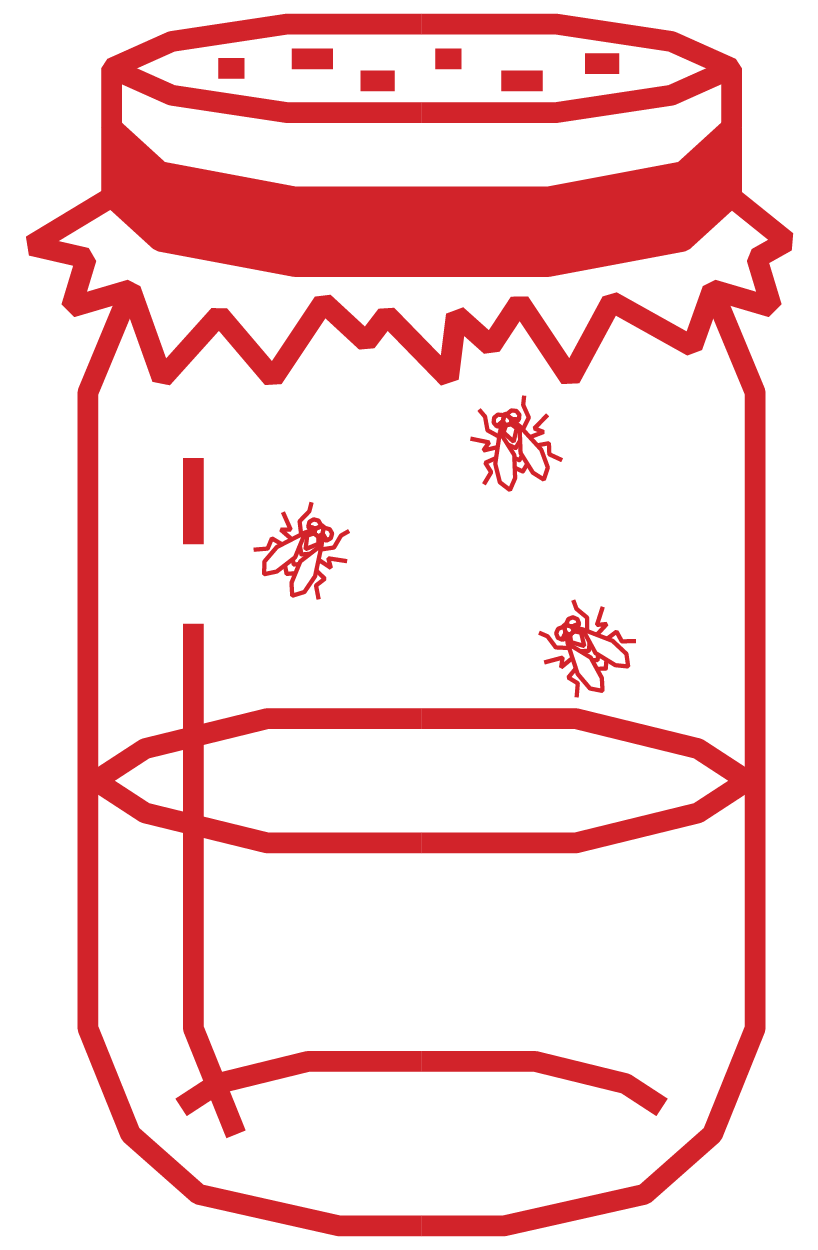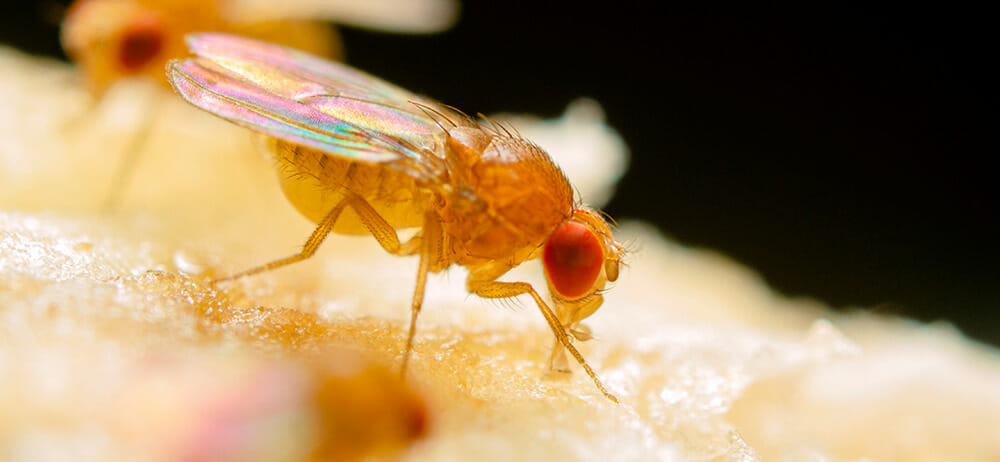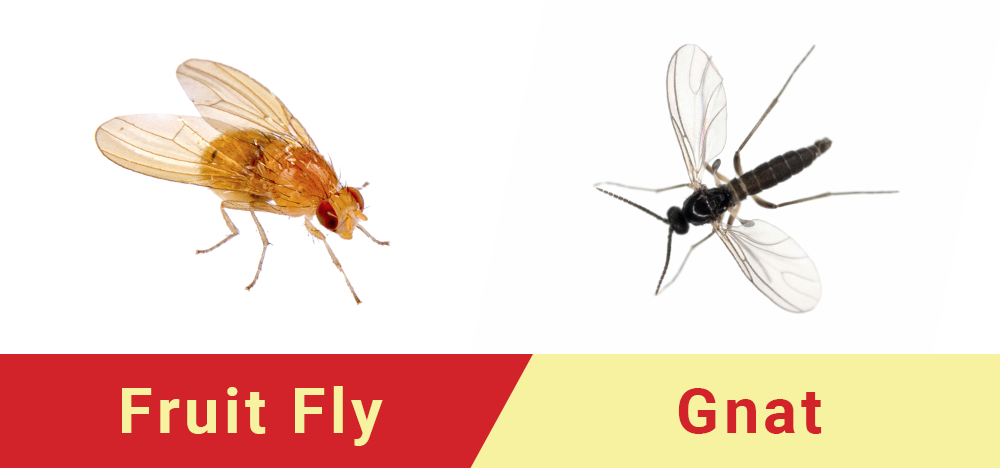How to Get Rid of Fruit Flies
Fruit flies are known to reproduce quickly. A handful of fruit flies can become a full-blown infestation in a matter of days. Fortunately, some DIY methods can kill fruit flies, and professional pest control treatments are almost guaranteed to fix the problem quickly.
Preventing Fruit Flies
One of the best forms of treatment is prevention. Keeping a clean home can greatly reduce your risk of a fruit fly infestation. Make sure you regularly throw out produce as it approaches expiration in a garbage can that seals tightly. If something has already gone bad, especially fermenting fruit, consider placing it in a plastic bag before it goes into your trash can. Wipe up any spills quickly, especially things like sugary juices, vinegars, and alcoholic beverages. In addition to practicing good hygiene, check your entryways for gaps and seal them up — this can help prevent fruit flies and many other unwanted pests.
DIY Fruit Fly Treatments
While at-home treatments aren’t usually as effective as professional pest control methods, in some cases, DIY strategies can remedy minor fruit fly problems.

Fruit Fly Traps
You can create your own fruit fly traps using a small glass jar, plastic wrap, tape or a rubber band, dish soap, and a lure. Fill a jar with a cup of vinegar that has a high sugar content, like apple cider vinegar or red wine vinegar. Add a few drops of dish soap to the vinegar and mix thoroughly. Cover the jar with a layer of plastic wrap and secure with tape or a rubber band. Gently poke holes in the plastic wrap. Fruit flies will enter the trap through the holes, and the vinegar/dish soap mixture will trap and kill the fruit flies. These traps will likely catch some fruit flies, but not all. Commercial fruit fly traps usually work similarly to DIY traps.
Essential Oils
Old wives’ tales purport the many benefits of essential oils. Peppermint, eucalyptus, and rosemary essential oils are commonly touted as effective for managing flies. However, essential oils come in a variety of grades, and there’s no scientific evidence to prove these substances are effective at repelling or killing fruit flies.



